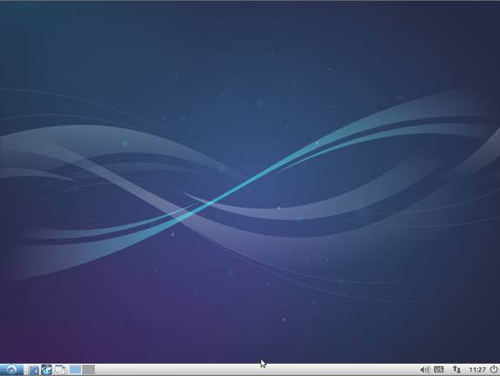
I have mainly been using Lubuntu 13.10 on my desktop computer for many months, and it works great as a fast, lightweight, simple, and stable desktop operating system based on Ubuntu Linux. I mainly use my Lubuntu based computer for web browsing, typing documents, watching videos, listening to music, image editing, gaming, and other daily tasks which I do on my computer. Lubuntu has work great as a free Ubuntu Linux 13.10 based operating system. When I use Lubuntu it rarely slows down, or crashes even on my older computer with a 1.86 GHz CPU, 1GB of RAM, 320GB hard drive, and Nvidia GT 610 video card. Lubuntu startup, and shutdown pretty quickly on my PC. It takes under a minute to start-up Lubuntu, and a few seconds to shut it down. It also wakes from sleep mode in a few seconds. The main reason Lubuntu is faster than many other operating systems is because it uses the LXDE desktop environment which uses less system resources like RAM, CPU, and video card resources, so it runs faster. LXDE also uses less battery life/power, so you would have longer battery life if you installed Lubuntu onto a laptop, and you’ll also save a little money on electricity because LXDE uses less electricity because the LXDE desktop environment, and Lubuntu are designed to run quickly even on older computers, so it won’t use much system resources on new computers, and older less power hungry PCs can run Lubuntu without the need for upgrades like a faster CPU, more RAM, and a faster video card which would use more electricity.
Lubuntu also only uses 130-140MB of RAM, and  1-5% of CPU  according to the Task Manager program in Lubuntu after I log into Lubuntu with my user account. Lubuntu uses less RAM and CPU compared to Ubuntu, and is a little faster than Ubuntu with the Unity desktop environment.
Installing Lubuntu on a computer is pretty simple in my experience. All I have to do is put the Lubuntu Install disc into my PC disc drive, and restart my computer. When the Lubuntu install disc is loaded, I just follow the on-screen instruction to install Lubuntu onto my computer. I can also try out Lubuntu from the Disc before I decide if I want to install Lubuntu on my PC. You can even use Lubuntu by just starting it from the install disc, but none of your settings, files you download, and files created with programs like text editors will be save when you turn off or restart your computer unless you backup the files to an external USB flash drive, hard drive, or online. During the installation, I need to make a user account, and choose if I want to install Lubuntu alongside another operating system like Windows, use the entire drive for Lubuntu, etc. Installation takes less than a hour in my experience.
After installing Lubuntu, my speakers, monitor, internet, keyboard, mouse, and other accessories work with Lubuntu without any need to adjust any settings.
The user interface design of Lubuntu is similar to Windows 95-2000, so there is almost no learning curve for learning how to use Lubuntu because Lubuntu has an application/program launcher on the bottom left of the desktop like Windows 95-7, and it uses Windows which are resize-able, and can be minimize. [continue reading…]


